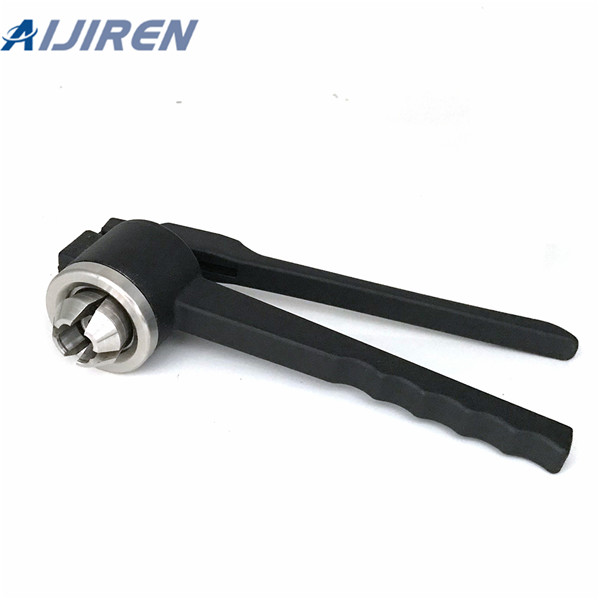
clear glass vials are Type 1, 33-expansion glass. Type 1, 51-Expansion Glass More alkaline than 33-expansion glass and is adequate for many laboratory uses. It has an expansion coefficient of 51x10–7 ˚C and is composed primarily of silicon and oxygen, with trace amounts of boron. All Aijiren Technology amber glassware is Type 1, 51-expansion glass.
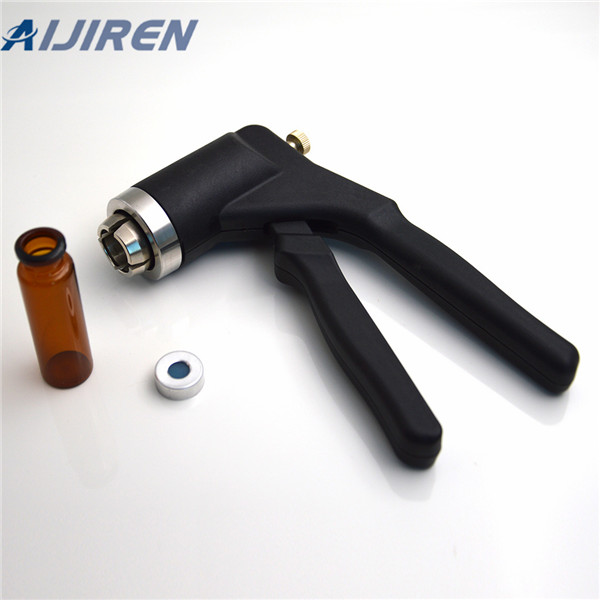
Jun 08, 2020 · Home » News » Chromatography Vials Supplier » lab chromatography vials washing protocols lab chromatography vials washing protocols How Glass Vial Quality Affects Data Accuracy – Jun 08 2020 Jun 8, 2020 Vial-to-vial reproducibility: For protocols involving longer workflows or laboratories with higher throughput, using gl
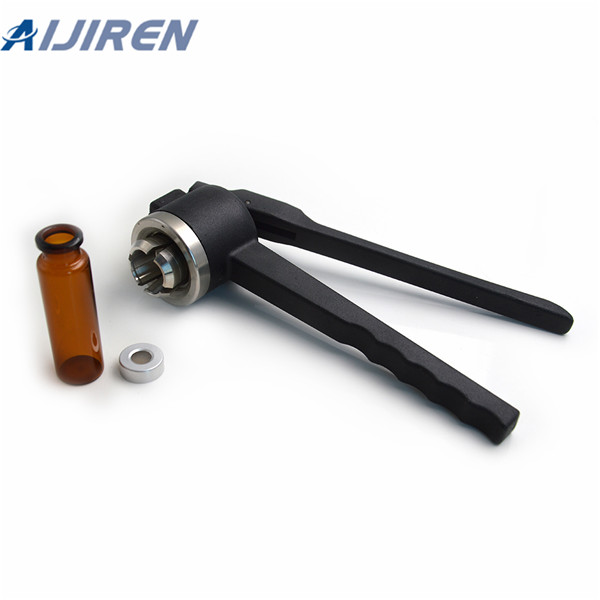
HEAT RESISTANT GLASS. Heat-resistant glass is commonly consisting of a soda lime or silica that is a heat-resistant material, with a very low expansion coefficient and a high melting point. Heat resistant glass is a type of glass that is designed to resist thermal shock. This glass is believed to be better than any other ordinary glass available.
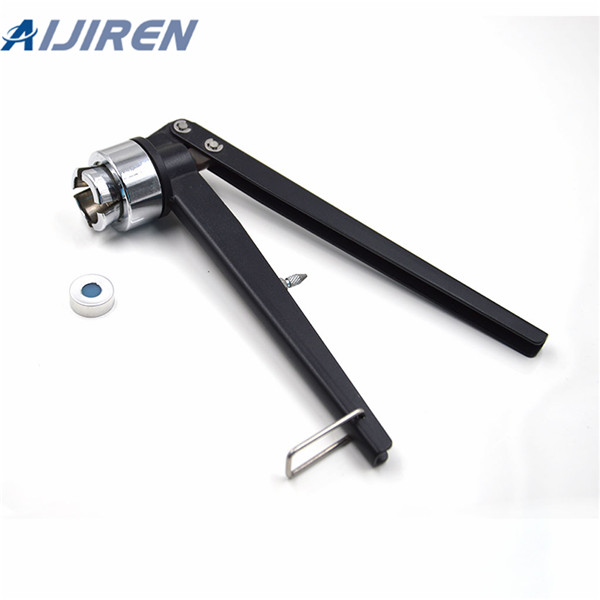
The abrasive should not scratch the glass. During the washing, all parts of the glassware should be thoroughly scrubbed with a brush. This means that a full set of brushes must be at hand, including brushes to fit large and small test tubes, burets, funnels, graduates, and various sizes of flasks and bottles.
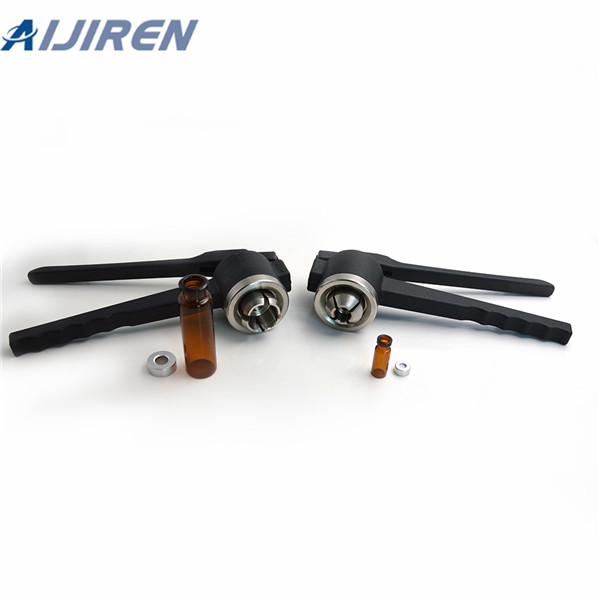
Best in glass: All vials are made of type 33-51 coefficient of expansion for top performance . 100 % Aijiren vials inspected under our rigorous vision testing system What you pay for technical support, unlike some other suppliers. 0. Up to $ 100K . What some customers have saved annually using Aijiren technical support and recommended vials. 30 +
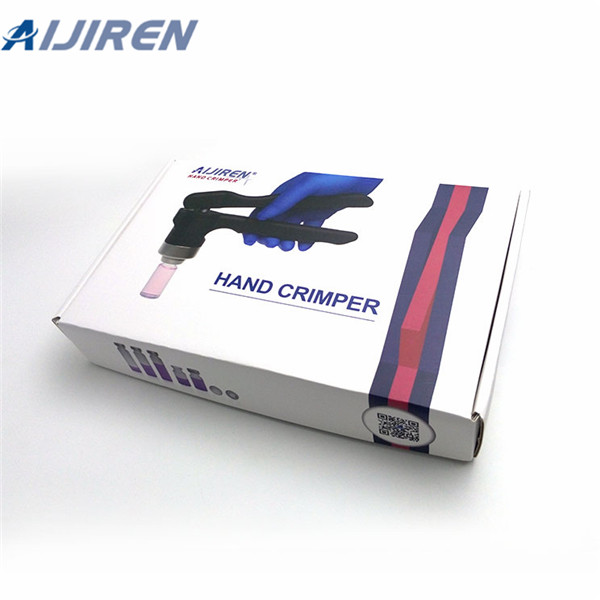
Nov 02, 2017 · It can go from freezer to oven and back again. Its high thermal resistance is due to having very low coefficients of thermal expansion. It is typically used for construction of reagent bottles because it is less subject to thermal stress and meets the demand of most laboratories. Soda-Lime Glass. Soda-lime glass is the most prevalent type of glass.
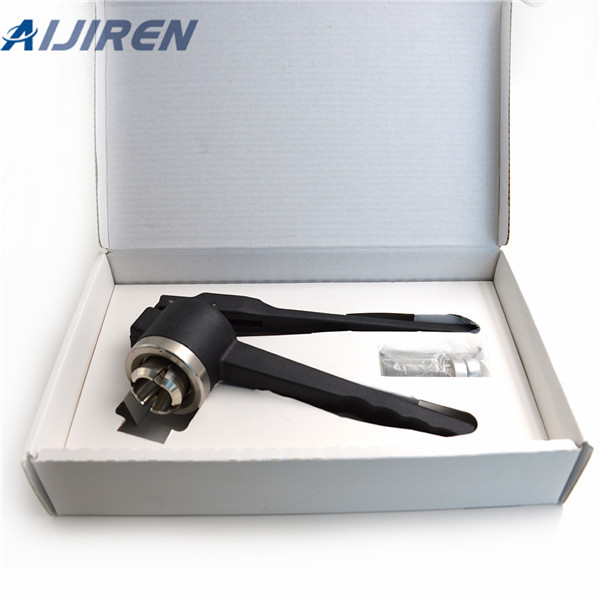
LOW EXPANSION COEFFICIENT - 9mm Screw Thread Autosampler Vials are made of clear Type 1, Class A Borosilicate Glass with very low expansion coefficient. It shows excellent chemical resistance to acidic and neutral solutions, due to its relatively low alkaline content even to alkaline solutions. Autosampler vials-Aijiren Vials for HPLC/GC
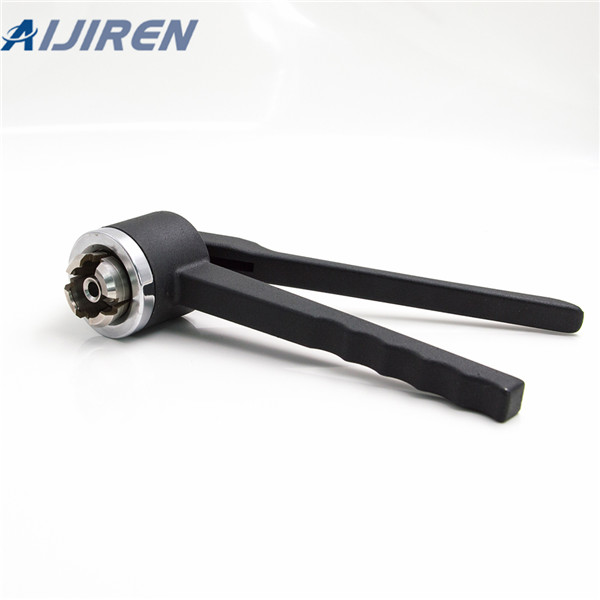
VOA Vials - Open Top Closures and Septum, Precleaned. Available in clear or amber borosilicate glass Choice of 0.125” or 0.100” PTFE/Silicone Septa Available in standard, precleaned or precleaned/certified in accordance with recommended E.P.A. Protocol CLASS 1: (Standard) Containers are assembled with liner and closure without.

Charge Ion exchange chromatography (IEX) Hydrophobicity Hydrophobic i nteraction chromatography (HIC) Reversed phase chromatography (RPC) Biorecognition (ligand specificity) Affinity chromatography (AC) Gel filtration Hydrophobic interaction Ion exchange Affinity Reversed phase Fig. 1. Separation principles in chromatography purification.
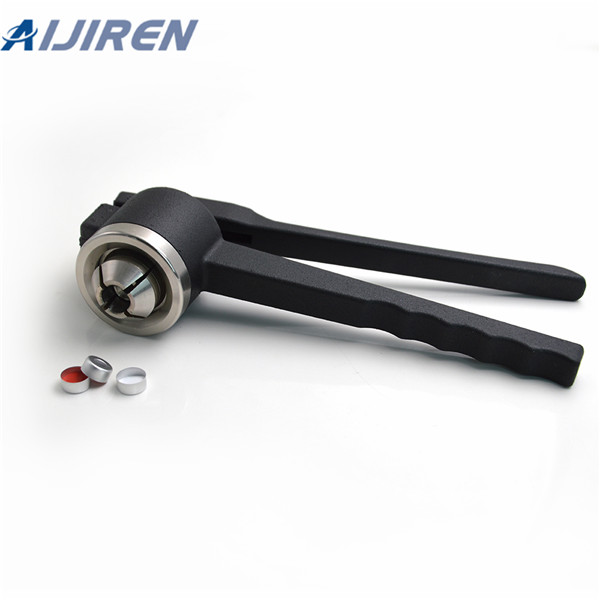
Nov 19, 2018 · Borosilicate Glasses. This is among the most common type of glass found in laboratories and is used in beakers, vials, test tubes, flasks etc. This material has a low expansion that makes it suitable for a wide variety of laboratory applications. It has a high resistance to chemical attacks and a very low coefficient of expansion.
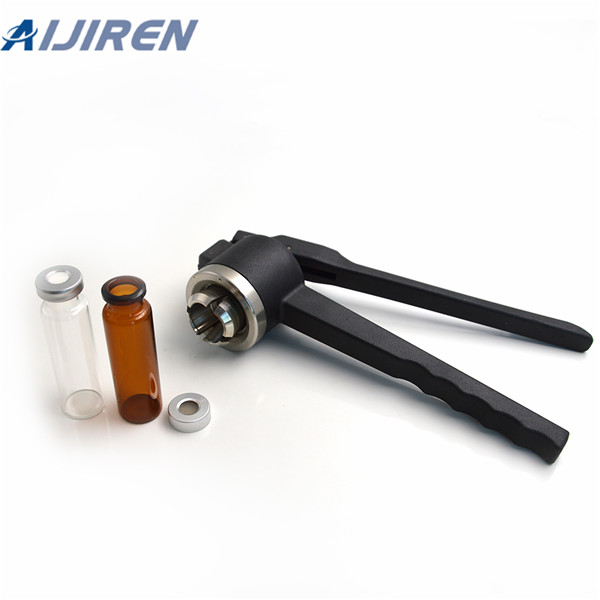
Glass Chromatography Vials Our vials are compatible with auto-samplers from all major manufacturers and tested to meet your requirements with tight dimensional tolerances. Vials are made from Borosilicate Glass for greater resistance to temperature change and are available in 12x32mm (2mL) or 15x45mm (4mL) with a variety of neck finishes available in Crimp and Screw Thread.

Glass is a very versatile material that has many applications, especially due to its remarkable properties of chemical resistance and electrical insulation, which makes glass tubing valuable in the laboratory. Glass has excellent chemical resistance and resistance from water corrosion, acid and alkali resistance.

der Waals bonded to glass but as strongly as the material’s internal bonding. “Mirrors” of metals like mercury, silver or gallium are a different bonding but very strong as well. The type of bond created between the glass and its contaminant will determine the adherence strength to the glass surface.
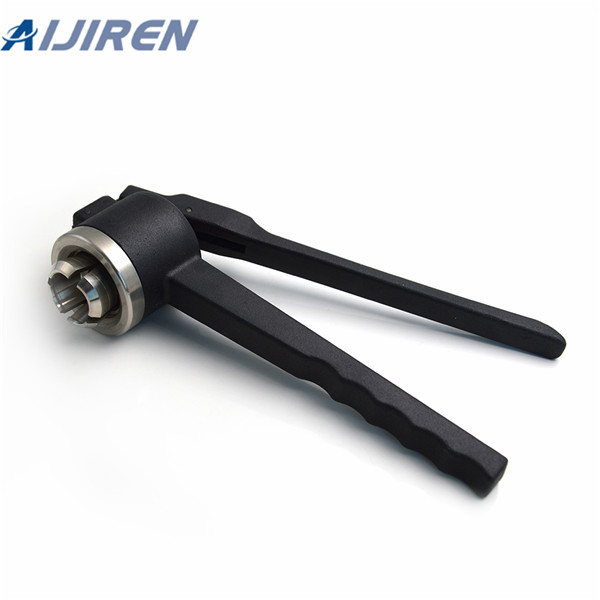
known to adsorb very poorly to BioBeads, and thus require an increased excess of beads over the typical amount used for cholate. Assembled Nanodiscs can be purified by affinity chromatography using the 6-His tag on the MSP or a purification method appropriate for the target protein, if available.